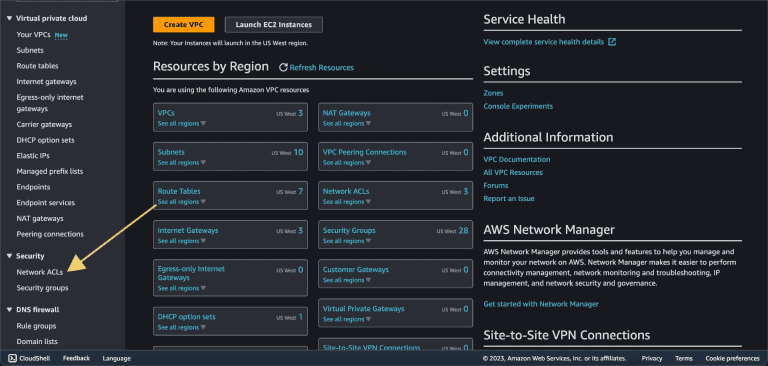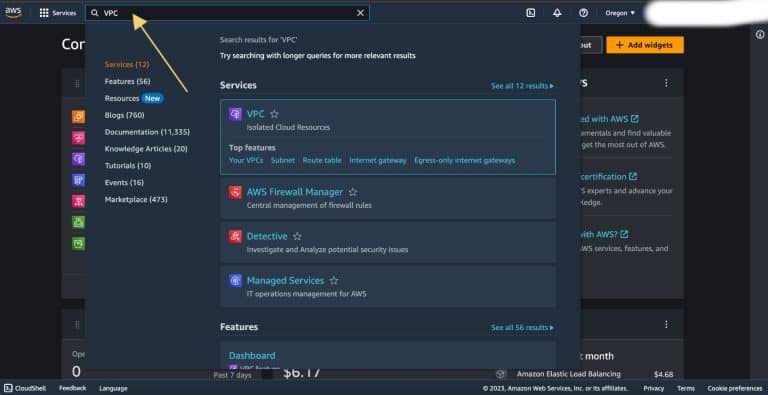How to Control AWS Transit Gateway Traffic with VRF
In the AWS centralized transit gateway, traffic is routed among VPCs using the transit gateway default route table. In this scenario, you get full mesh…

In the AWS centralized transit gateway, traffic is routed among VPCs using the transit gateway default route table. In this scenario, you get full mesh…

Managing and connecting the multiple VPCs is challenging and Amazon Web Services (AWS) recognized these complexities and introduced a powerful solution known as AWS Transit…

A NAT instance is a specially configured EC2 instance within your AWS VPC that acts as a network gateway for private instances. It facilitates outbound…

In AWS Virtual Private Cloud (VPC) configurations, you might have private EC2 instances that require access to the Internet or other AWS cloud services. You…

Understanding and monitoring your network traffic is crucial for security and performance optimization in the world of AWS cloud administration. You may record and examine…

In this article, I will walk you through creating a multi-tier application architecture with a Virtual Private Cloud (VPC) on AWS. We’ll set up two…

In AWS, Network Access Control Lists (NACLs) and Security Groups (SGs) are used to control traffic to and from your resource, much like a firewall….

AWS PrivateLink, not to be confused with peering, offers a simple solution to connect to different AWS cloud resources. It enables you to establish private…

In Amazon Web Services (AWS), creating User-Defined Routes (UDRs) is a crucial networking task that allows you to customize the routing behavior for specific subnets…

VPC peering allows you to connect two VPCs in the same or different AWS accounts. It operates over the AWS network backbone, ensuring low-latency and…

In this guide, I’ll walk you through the step-by-step process for creating a Virtual Private Cloud (VPC) on Amazon Web Services (AWS). A VPC enables…